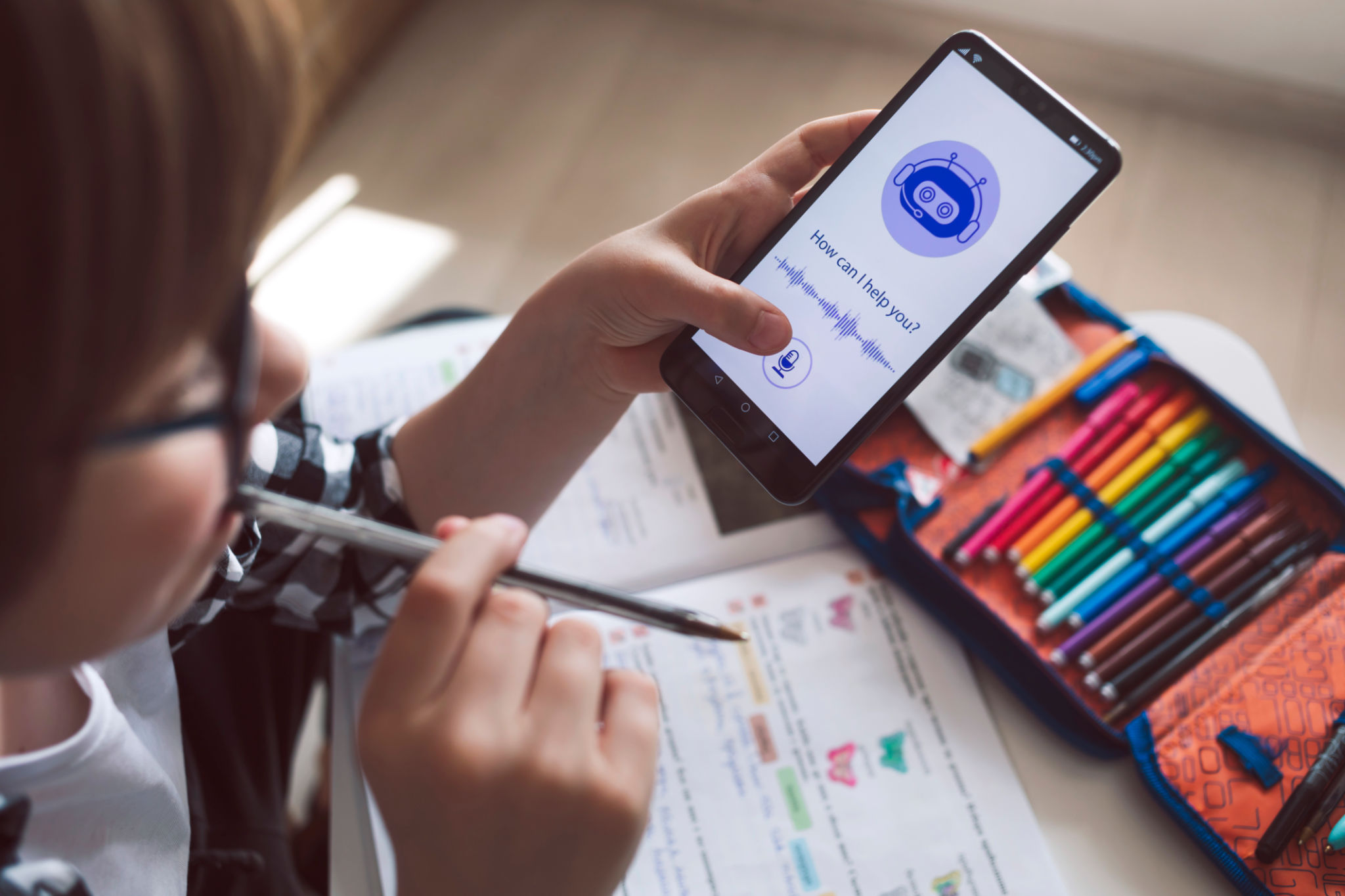Innovative Trends in Web-Based Learning: What to Watch
Introduction to Web-Based Learning
Web-based learning has rapidly evolved over the past few years, becoming a cornerstone for educational institutions and businesses alike. With its flexibility and accessibility, it offers numerous benefits to learners and educators worldwide. As technology advances, several innovative trends are shaping the future of web-based learning, making it more engaging and effective.

Gamification in Learning Platforms
One of the most exciting trends in web-based learning is gamification. By incorporating game-like elements such as points, badges, and leaderboards, educational platforms aim to enhance motivation and engagement among learners. These features not only make learning more enjoyable but also encourage competition and collaboration among peers.
Gamification can be particularly beneficial for subjects that learners typically find challenging or less engaging. For example, math and science courses often use gamified elements to transform complex problems into interactive challenges, helping students to grasp difficult concepts more effectively.
Artificial Intelligence and Personalized Learning
Artificial Intelligence (AI) is revolutionizing web-based learning by offering personalized learning experiences. AI algorithms analyze students' learning patterns, strengths, and weaknesses to tailor educational content that meets individual needs. This approach ensures that learners receive the support required to excel in their studies.

Moreover, AI-powered chatbots provide instant assistance and feedback, allowing learners to resolve queries quickly without waiting for human intervention. This immediate support enhances the overall learning experience, making it more efficient and enjoyable.
Microlearning for Busy Schedules
The demand for microlearning is growing as more individuals seek flexible learning solutions that fit into their busy schedules. Microlearning involves delivering content in small, manageable chunks that can be accessed anytime, anywhere. This approach is ideal for those who need to balance education with work or other commitments.
By focusing on bite-sized lessons, microlearning helps learners retain information better and reduces cognitive overload. Its convenience and effectiveness make it a popular choice for both students and professionals looking to upskill.

Virtual and Augmented Reality in Education
Virtual Reality (VR) and Augmented Reality (AR) are transforming the way we learn by providing immersive experiences that simulate real-world environments. These technologies offer a hands-on approach to education, allowing learners to explore complex concepts in an interactive manner.
For instance, medical students can practice surgical procedures in a virtual environment, while history students can take virtual tours of ancient civilizations. The potential of VR and AR in education is vast, promising to make learning more engaging and impactful.
- VR allows for safe simulations of dangerous tasks.
- AR enhances real-world environments with digital information.
- Both technologies support experiential learning.
The Rise of Collaborative Learning Platforms
The importance of collaboration in education cannot be overstated. With the rise of collaborative learning platforms, learners have the opportunity to work together on projects, share ideas, and learn from one another regardless of geographical barriers. These platforms facilitate communication through video conferencing, forums, and shared documents.

Collaborative learning not only helps students build essential teamwork skills but also promotes a sense of community among learners. By working together, students can achieve a deeper understanding of the subject matter and enhance their problem-solving abilities.
Conclusion: Embracing the Future of Learning
As we look to the future, it's clear that web-based learning will continue to evolve with technological advancements. The innovative trends discussed here are just the beginning of what promises to be an exciting journey in education. By embracing these trends, educators can create dynamic and effective learning environments that cater to the diverse needs of learners worldwide.
The integration of technology into education opens up endless possibilities for innovation and improvement. As these trends gain momentum, they will undoubtedly shape the future of learning for generations to come.